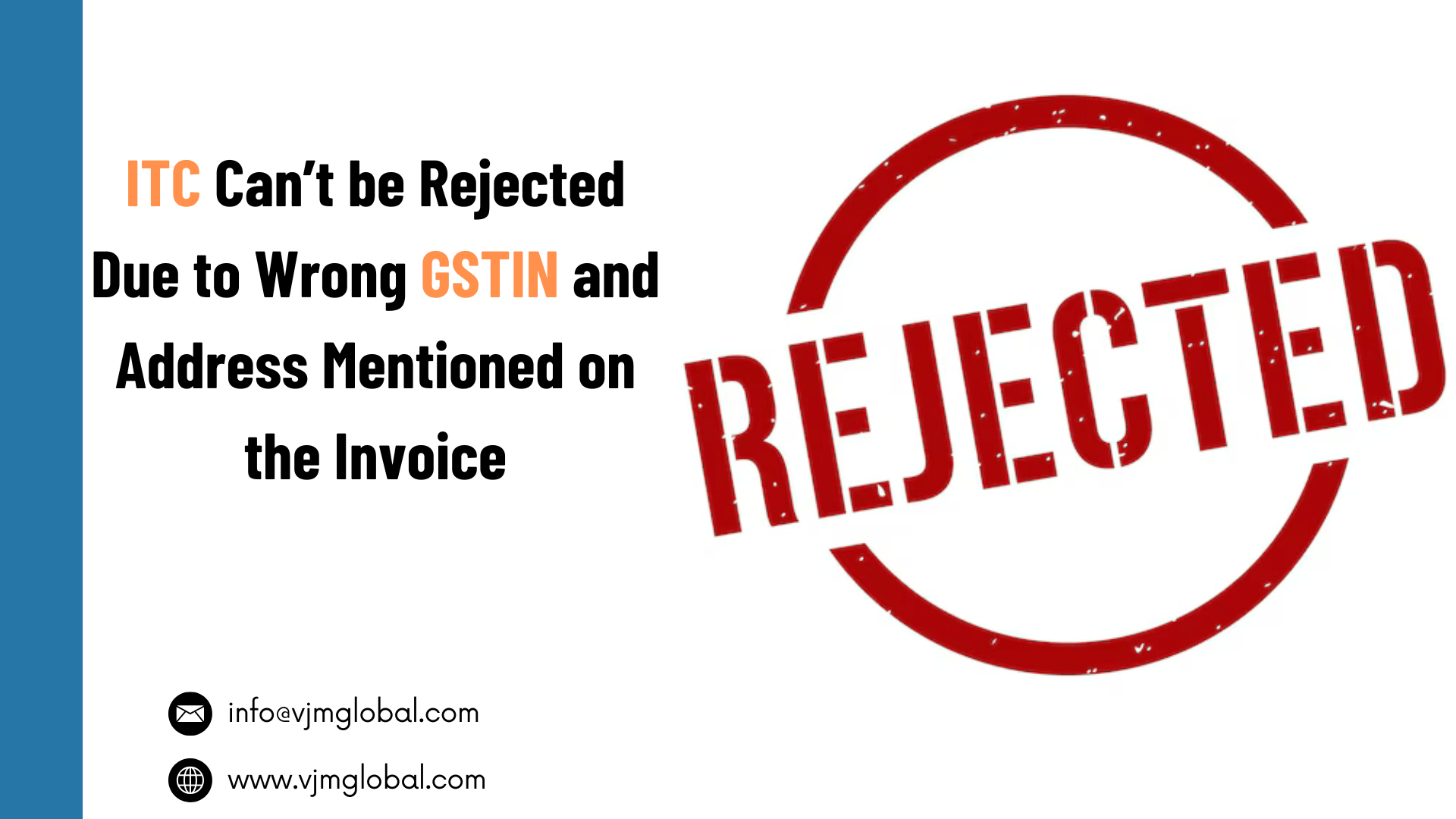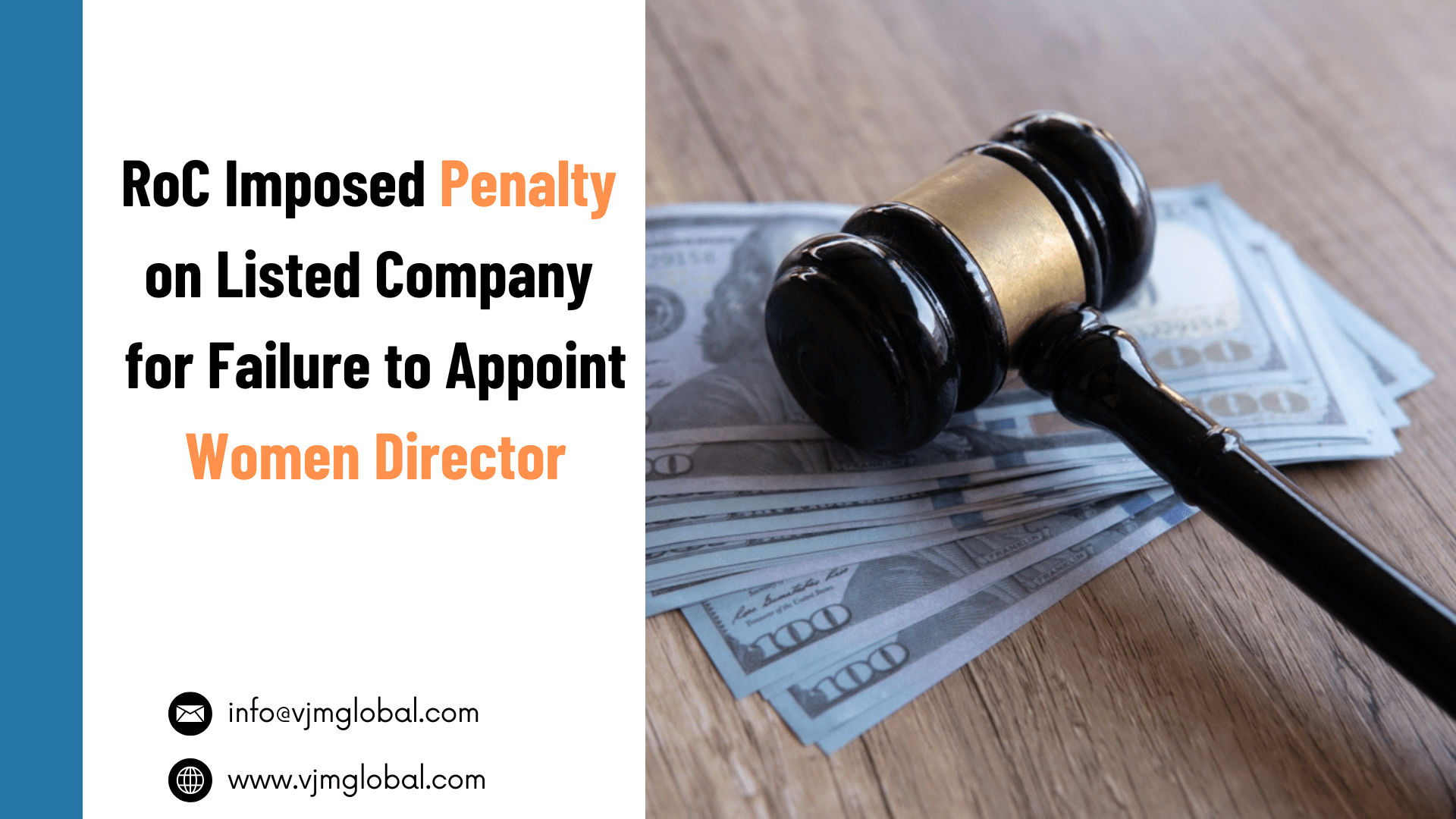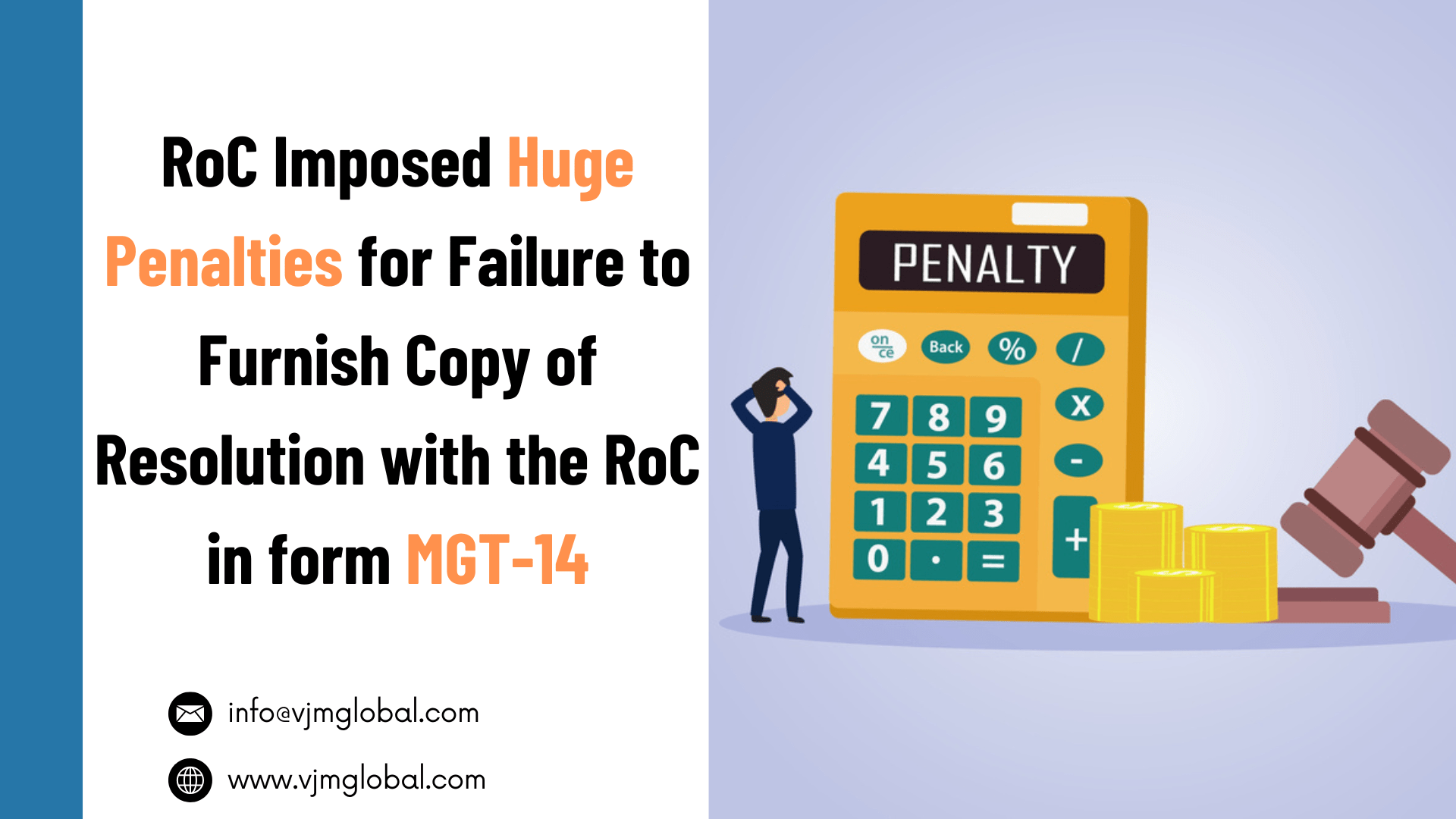For long-term survival and better financial statements, a company sometimes needs to opt for capital restructuring wherein share capital of the company is changed, such as raising equity, shares repurchase, debt equity swap, bonus shares, shares split, etc.
One of these capital restructuring models is capital reduction. Under this scheme, the company reduces its share capital due to various reasons such as giving excess money back to shareholders, write off losses, regulatory compliance, etc.
This article carries out a detailed discussion of Capital Reduction.
1. What is capital reduction?
- Capital Reduction is a method wherein share capital of the company is reduced through different methods. Capital reduction is generally done by either paying the amount back to the share capital or through the cancellation of the shares.
- For example, a Company has equity share capital of INR 40 Crores (4 Crores shares of INR 10 each). Now, the company intends to reduce its share capital by INR 20 Crores. Through one of the methods, The Company can reduce the face value from INR 10/- to INR 5/-. In this case, the company is required to refund the differential amount to the shareholder after considering the balance of reserve & surplus attributable to share capital reduced.
- However, payment for reduced share capital can be done through funds transferred or through allotment of shares of some other class.
2. Reasons for Capital Reduction
Capital reduction is done to make a company’s capital structure more efficient and to improvise the financial statement. Various reasons may cause a company to adopt capital reduction, such as:
- Accumulated Losses: A Company having accumulated losses may opt for capital reduction to lower the accumulated losses in the financial statement. Reduced share capital and accumulated losses shall improve the financial ratios of the company.
- Return excess funds to shareholders: In certain cases, the company has excess reserves and surplus. In such a case, the Company may opt to refund partial share capital to the shareholders to boost their confidence. In such cases, capital reduction through share buyback can be a way to return this excess capital to shareholders.
- Improvised Financial Ratios: Financial ratios form integral parts of the financial statements and influence decisions of the company’s stakeholders. Share capital is used in determining various financial ratios. Therefore, a company may reduce share capital to improve financial ratios.
- Corporate Restructuring: During mergers and acquisitions (M&A), demergers, and other forms of corporate restructuring, capital reduction might help realign the company structure.
- Regulatory Compliance: A company may be required to reduce share capital due to regulatory or legal requirements like a change in the limit on the amount of distributable reserves a company can hold.
3. Recent Case Study of Capital Reduction
There have been various cases of capital reduction in the Industry. One of the recent cases of capital reduction was that of Tata Motors Limited. The Company had two classes of equity shares, namely “A” Ordinary Equity shares (Known as Tata Motor DVR) and Ordinary Equity shares (Known as Tata Motor).
So, the Company carried out the capital reduction concerning Tata Motor DVR Shares. All the shares of Tata Motors DVR were called back by the company. In lieu of the case, the Company allotted shares of the Tata Motors. For every 10 shares of Tata Motor DVR, the Company allotted 7 shares of Tata Motors. The record date for the same was 1st September 2024.
4. Procedure for Capital Reduction
Capital Reduction is governed by Section 66 of the Companies Act, 2017. The company, limited by shares, can reduce the share capital in the following two manners, with prior approval of the National Company Law Tribunal (NCLT):
- Extinguish or reduce the liability on the shares that are not fully paid-up, or
- Cancel any paid up share capital which is lost or pay off any excess paid up share capital apart from extinguishing it.
To carry out capital reduction, a company is required to follow the steps below:
- Convey a board meeting for passing a resolution for the reduction of share capital;
- Hold general meeting and pass Special Resolution approving reduction of share capital;
- An application for the reduction of share capital is needed to submit to the NCLT for seeking the approval for the process.
- The tribunal, within 15 days of filling the application, gives notice or any direction or representation, if any, from the central government, creditors of the company, SEBI (in case of listed entity), etc..
- The NCLT sends notice to creditors in seven days for their representation and any objections regarding the process of reduction of share capital.
- Within 3 months from the notice sent, fill such representation or objection if any have and no reply presumed to be no objection. So, the NCLT shall approve the process of capital reduction in the form RSC-6.
- The Company shall deliver a certified copy of the Tribunal’s order along with the minutes within the period of 30 days to the Registrar defining the amount of share capital reduced, number of shares, amount of each share, etc.














